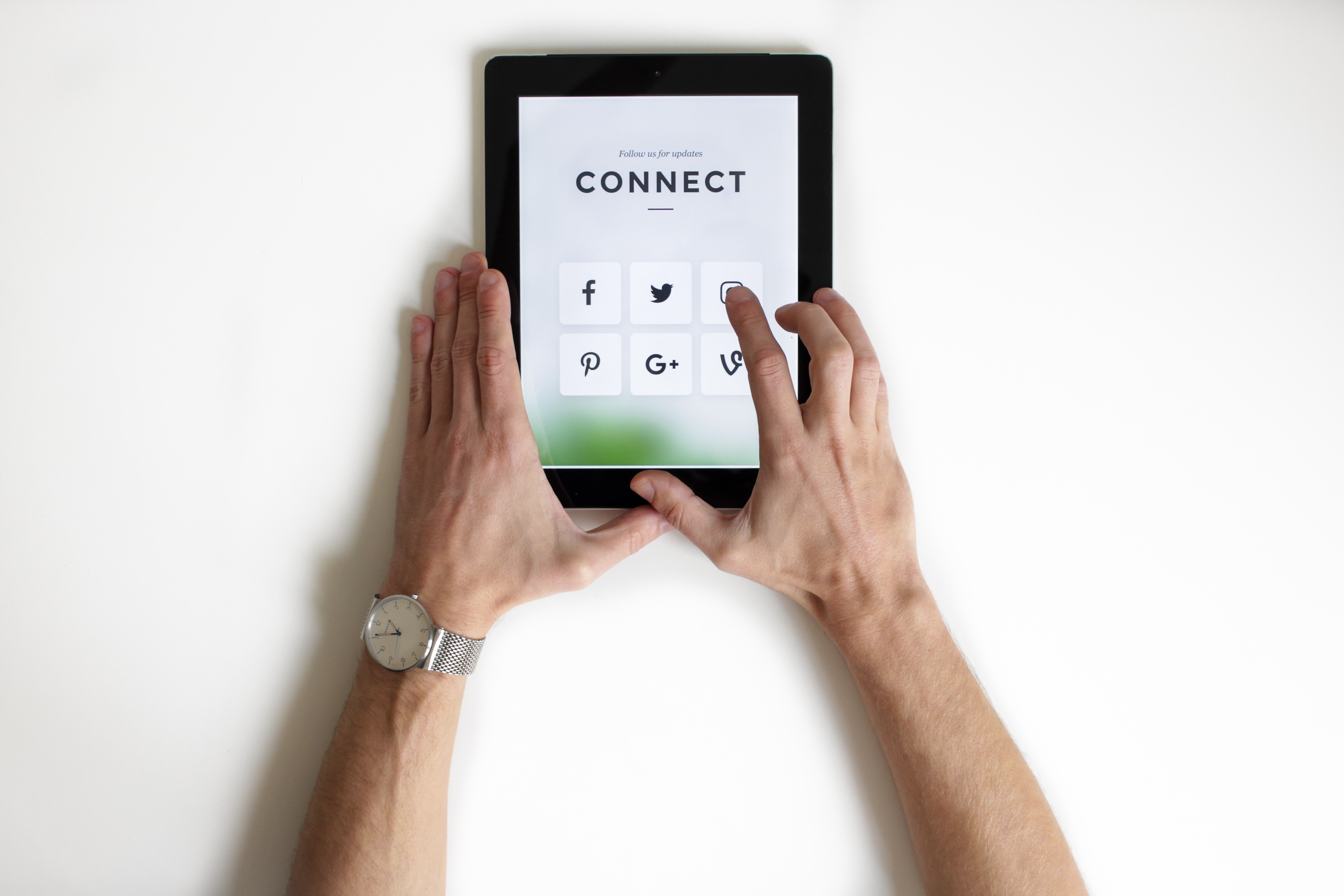Contributing author: Morgan Mackmull
One of the best ways to reach a larger audience about your organization and the events you are choosing to put on is to reach out via social platforms. Not only is it free in most cases, but it can also help to expand your donor base exponentially!
Social media is all about reach and amplification. It’s about leveraging your current supporters’ networks to bring in their friends, family, and acquaintances to raise support for your organization’s efforts. It’s about sharing the stories of those you’ve helped, of the in-and-outs of your organization, and of your future aspirations and goals. If you don’t have a solid social media strategy, you are missing a key element to raising awareness and getting more eyes on your stories and impact. Thus, it is a structurally integral piece of the fundraising puzzle that cannot be ignored.
Why use social media:
To engage with your target audience online! Only 13% of Americans do NOT use the internet as of 2016. You have a better chance of reaching your audience in the U.S. and around the world by reaching beyond your geographic restraints. Additionally, many nonprofits rely strictly on volunteer labor. This makes the cost-cutting benefits of social media very attractive. While many smaller nonprofits and charities neglect to use social media at all, many of those that use it do not how to use it correctly. Don't waste your time on a platform in which your target donor demographic does not actively participate That is not to say that testing the waters in all of them is a bad idea, but specialization is key to using your human resources and time correctly.
Let’s take a look at each social media platform and the benefits each has regarding advertising capabilities, audience reach, etc:
Instagram:
Instagram is on the rise in terms of telling a story through social media. Many millennials are turning away from Facebook because their family members are becoming the main demographic for the platform. While you can post picture on Facebook, Instagram allows one to create a visual representation of what you wish to achieve. Video posts coupled with engaging visuals and the virality factor associated with “likes” allows for great content spread.
Instagram is free to use and therefore only requires the time one would need to take or create content and upload it. You can pay for advertising on Instagram. It is quite expensive, however; rumored to be close to $1 million per month to sponsor (Instagram does not disclose prices publicly). Your content will look just like a regular post except for the small “sponsored” tag, and the fact that everybody on the app can see your post. If used correctly, Nonprofits can actually leverage Instagram to publish decent quality images freely, consistently engaging younger demographics to their respective cause.
Pinterest:
Pinterest acts as a virtual “moodboard” by which you can share or “pin” pictures you wish to promote. You want to use this much like Instagram in that you should aim to network and grow your reach by using the “follow all” button with any influencers who follow you. Growing a network of like-minded individuals is a great way to help increase your donations.
Another idea is to try ask for donations on Pinterest by pinning items that your nonprofit needs and provide instructions on how to donate the items. For example, if your organization helps women rebuild their lives after an abusive relationship, your donation wish list may include career and casual clothing, children’s clothes, new towels and bed sheets, toiletries, gift certificates to grocery stores and hair salons, office supplies, etc. With the Payscape Donation online giving platform any donor, friend, family member or employee can actually pin your donation button to their Pinterest board, giving your donation button more visibility by engaging all Pinners that follow them. Pinterest is a great way to get your nonprofit in the spotlight.
Twitter:
Ahhh Twitter, probably the greatest way to spread information quickly that we currently have at our marketing disposal. No tool is more simple and effective than the “retweet”. Twitter is the most effective medium for engaging people in a conversation. It also allows for quick and free mutually beneficial marketing. Think about it; you can retweet anyones content and in doing so, you have just introduced them to all of your followers who may not have known this person or nonprofit.
Tweeting links to your organization's donation landing page and then following up with them is an important step in connecting with your donors. Every time a donation is made, you could actually tweet back at that exact donor and personally explain to them the difference they have made to your organization and its cause. Letting your donors know exactly how their funds are being used will put the actual cause into perspective and give them real-time perspective of how their act of kindness helps.
Sharing frequent updates with the organization's followers will make your audience feel more connected to the cause… even if they are across the country and are in no way related to your organization.
Again, with the Payscape Donation platform, any donor, friend, family member or employee can actually share your donation button to their personal Twitter feed, giving your donation button more visibility by engaging all of their followers.
Facebook:
While it is not as popular among millennials, Facebook still has the largest user base
of any social network which makes it an important avenue to pursue donations. One of the best ways to engage those followers who like your Facebook page is by providing them with a place to share their own stories and comment on yours just like a community. Facebook is a great forum to tell stories through video.
Most people are more easily moved by things they can watch and get involved in. This is critical in relation to driving donations and that's why storytelling plays a key role with Facebook by establishing an emotional connection. Facebook has anticipated shifting their platform to video-only in the next decade.
Payscape Donation not only allows your donor make one-time donations, but also recurring donations through the Facebook platform without ever leaving. Any donor, friend, family member or employee can actually share your donation button to their personal Facebook feed, giving your donation button more visibility by engaging all of their friends and followers.
Google+:
It’s simple; Google+ profiles impact search results. There will definitely be increased interest in this social network for search engine optimization (SEO) purposes in the future. As it stands, when any user searches for information about a nonprofit, Google will pull information from their Google+ profile first (if they have one and it is active). Having a Google+ account is a great way to provide more information about your organization, and of course, the more information you give, the more compelled the donor will be to visit your site and get involved with your organization.
Social Media Posts:
- Quality over quantity. Ensure that your content is something worth reading. Use emotion and most importantly tell true stories of those stakeholders that your charity or nonprofit are working with or for. Your content should be something that people want to get conversation moving when they see or read it. If you give them high quality content through your social media, you are far more likely to get donors who have an emotional stake in your cause.
- Monitor the amount of people you allow to run point on your social media platforms. In other words, your real job is to be out in the field helping people. You do not want a lot of people wasting time posting. Make sure you are using your marketing and social media expenditures (of you have paid employees -- and a large operation) by hiring someone who understands and specializes in social media (for the most impact). If it is a small operation however, most of the basic ways to begin driving traffic to your donation button is something anyone can begin to pick in a short period of time.
- Do not post the same thing over and over again. Make sure you diversify your content, between videos, pictures, blog posts and news articles. Mixing up your content will keep your audience engaged and ensure you do not lose those followers. Posting recurring content too often could be regarded as spamming and cause your brand to lose its sense of forward progress.


